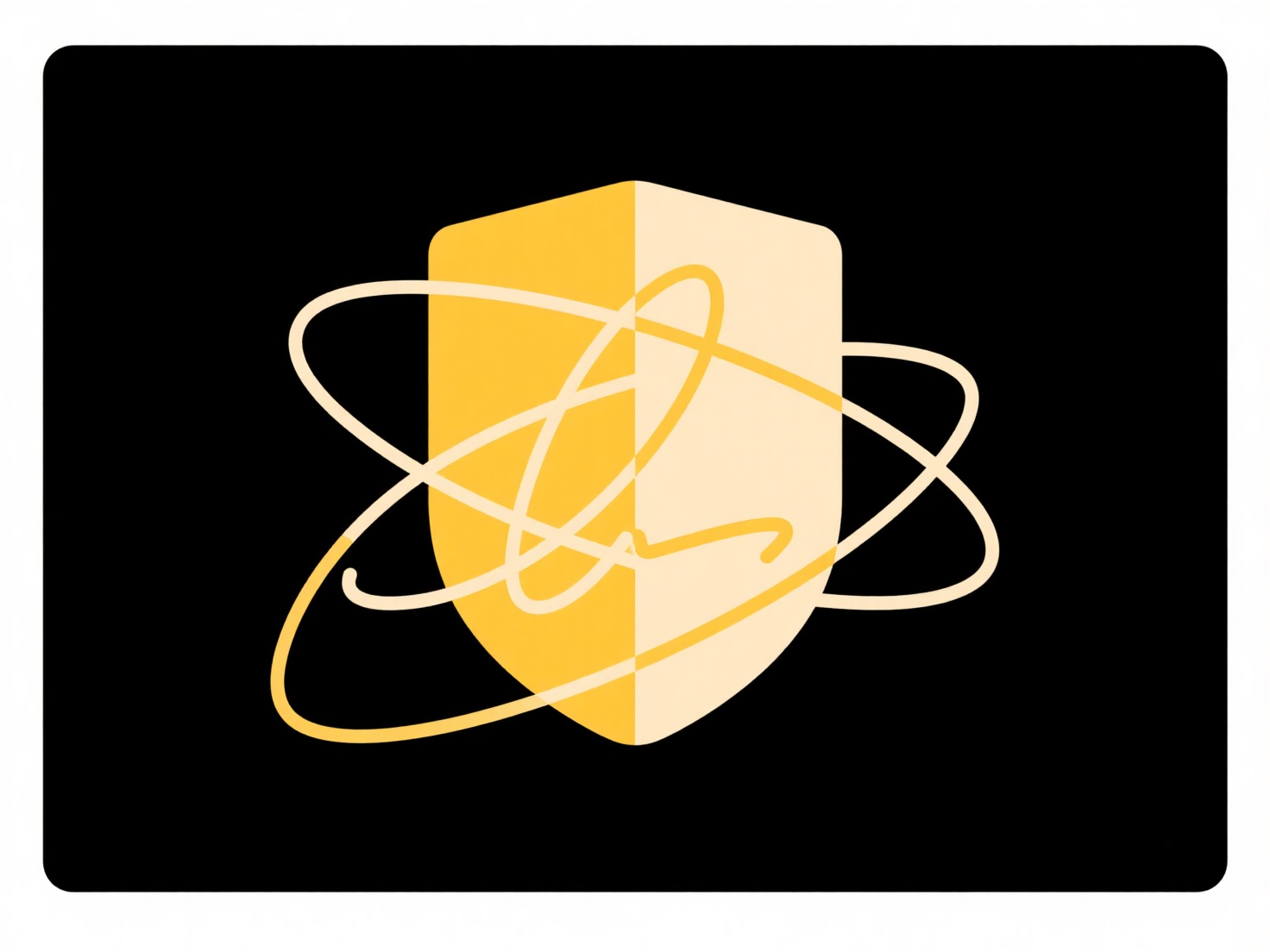
Lossless formats preserve all original data during compression and decompression, ensuring perfect reconstruction. This differs from lossy compression (like JPEG or MP3), which permanently discards select data to reduce file size. Lossless methods use algorithms identifying redundant information without quality sacrifice - ideal when data fidelity is non-negotiable. The compressed data contains sufficient detail to fully recreate the original input without degradation.

Common examples include ZIP for documents/files, PNG for graphics requiring transparency or sharp edges, and FLAC for high-fidelity audio archiving. Industries relying on exact data preservation, such as scientific research, legal documentation, medical imaging (using formats like DICOM in lossless mode), and software distribution, heavily utilize lossless formats. Tools like 7-Zip (ZIP) and media players supporting FLAC/WAV enable this.
The primary advantage is zero data loss, crucial for authenticity and precision-critical tasks. However, lossless files are significantly larger than lossy equivalents, increasing storage and bandwidth needs. They are mandatory for archival, forensic analysis, or professional editing workflows where alterations must derive only from intentional actions. Future developments focus on more efficient lossless algorithms, improving compression ratios while maintaining fidelity.
What format ensures the least data loss?
Lossless formats preserve all original data during compression and decompression, ensuring perfect reconstruction. This differs from lossy compression (like JPEG or MP3), which permanently discards select data to reduce file size. Lossless methods use algorithms identifying redundant information without quality sacrifice - ideal when data fidelity is non-negotiable. The compressed data contains sufficient detail to fully recreate the original input without degradation.

Common examples include ZIP for documents/files, PNG for graphics requiring transparency or sharp edges, and FLAC for high-fidelity audio archiving. Industries relying on exact data preservation, such as scientific research, legal documentation, medical imaging (using formats like DICOM in lossless mode), and software distribution, heavily utilize lossless formats. Tools like 7-Zip (ZIP) and media players supporting FLAC/WAV enable this.
The primary advantage is zero data loss, crucial for authenticity and precision-critical tasks. However, lossless files are significantly larger than lossy equivalents, increasing storage and bandwidth needs. They are mandatory for archival, forensic analysis, or professional editing workflows where alterations must derive only from intentional actions. Future developments focus on more efficient lossless algorithms, improving compression ratios while maintaining fidelity.
Related Recommendations
Quick Article Links
Why does my organization block file sharing externally?
Companies block external file sharing to control security risks and prevent unauthorized data exposure. This involves re...
How can I include version numbers in file names clearly?
How can I include version numbers in file names clearly? Incorporating version numbers into file names provides clarit...
Why do some users still prefer local storage?
Local storage refers to data kept directly on a user's device—like on a hard drive or SSD—rather than on remote cloud se...